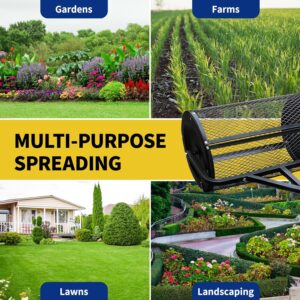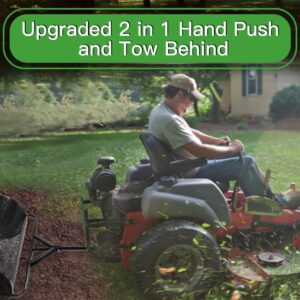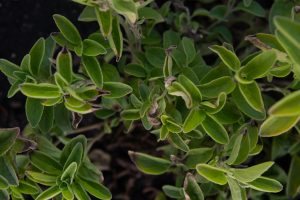In our bustling urban environments, finding ways to be eco-friendly can sometimes feel overwhelming, especially when space is at a premium. “How Do I Compost With Limited Space?” is here to guide all of us city dwellers through the art of composting right in the heart of our homes, whether it be a cozy apartment or a small backyard. By introducing us to compact, innovative composting solutions, we will learn how easily we can transform our kitchen scraps into rich, valuable soil, reducing waste and nourishing our plants without needing a sprawling garden. Let’s embark on this green journey together, making sustainable living attainable for everyone, no matter the size of our living space. How do I compost with limited space? It’s a common question for many of us, especially for those living in apartments, urban areas, or small spaces without large backyards. The good news is, we don’t need a sprawling garden to start composting and reap the benefits of this eco-friendly practice. By using a few innovative techniques and strategies, we can turn our kitchen scraps and yard waste into rich, nutritious compost, even with limited space.
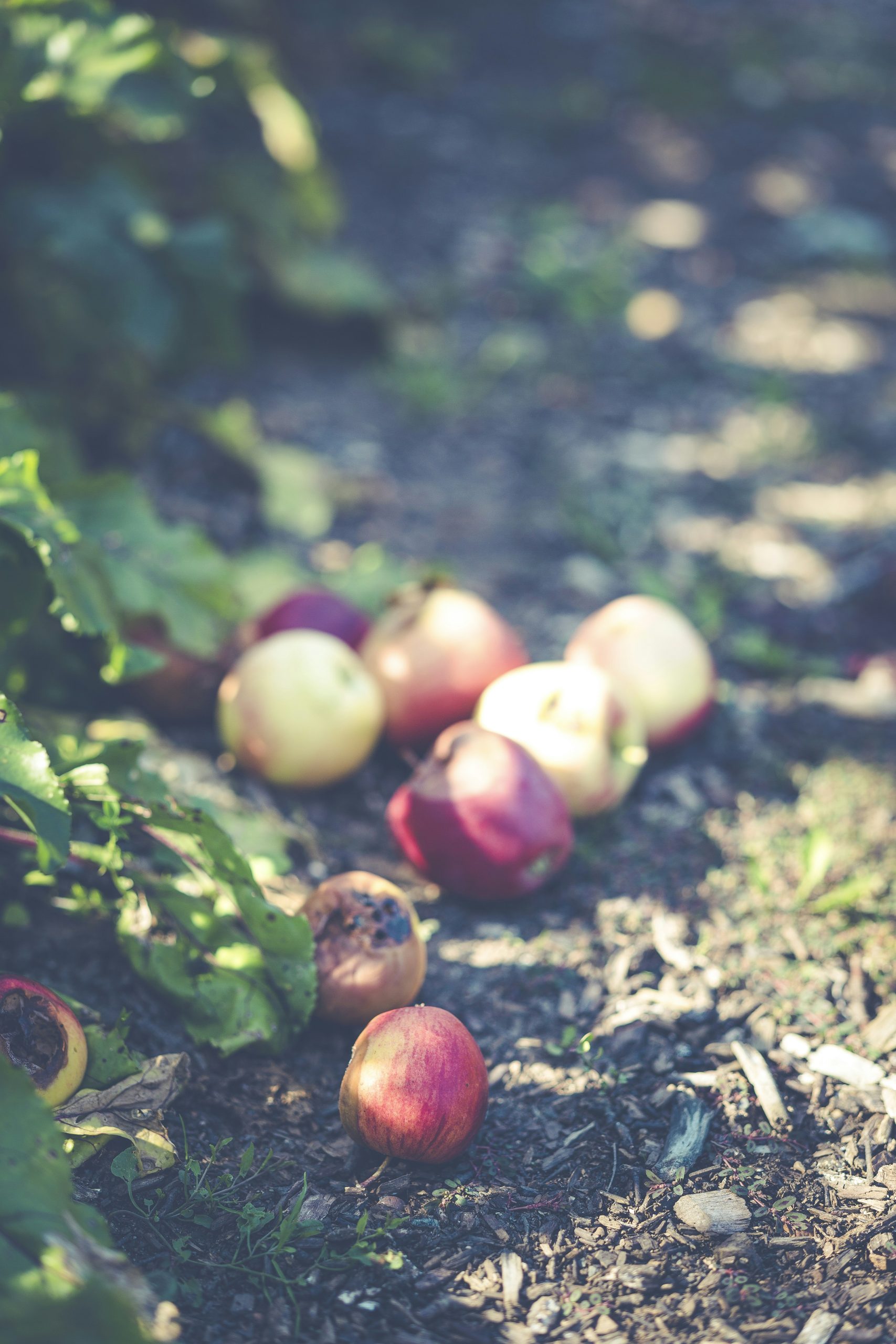
Understanding Composting
Before diving into the specifics of composting in small spaces, let’s briefly touch on what composting is and why it’s so beneficial. Composting is the natural process of recycling organic material, such as food scraps and yard waste, into a valuable soil amendment known as compost. This process helps to reduce waste in landfills, decrease greenhouse gas emissions, and enrich the soil with valuable nutrients.
Benefits of Composting in Small Spaces
Many of us might wonder whether all this effort is worth it, especially if space is at a premium. However, composting in small spaces offers numerous benefits:
- Waste Reduction: We significantly reduce the volume of waste sent to landfills.
- Cost Savings: We can create our own nutrient-rich compost, reducing the need to buy commercial fertilizers.
- Environmental Impact: By composting, we’re contributing to a reduction in greenhouse gases emitted by decomposing waste in landfills.
- Plant Health: Compost enriches the soil, providing plants with the nutrients they need to thrive without the use of chemical fertilizers.
Methods of Composting with Limited Space
While traditional composting methods like backyard bins and large compost piles may not be practical for those of us with limited space, several techniques are particularly well-suited for urban and small-space dwellers.
1. Vermicomposting
Vermicomposting uses worms to break down organic matter into nutrient-rich compost. It’s perfect for small spaces as it can be done indoors using specially designed worm bins.
Setting Up Vermicomposting
- Choose a Worm Bin: We can purchase a ready-made worm bin or create our own using plastic totes or wooden boxes.
- Select Bedding Material: Bedding materials like shredded newspaper, cardboard, and coconut coir provide a habitat for the worms. The bedding should be moist but not waterlogged.
- Add Worms: Red wigglers (Eisenia fetida) are the best worms for vermicomposting due to their ability to thrive in close quarters.
- Feed the Worms: We can feed them fruit and vegetable scraps, coffee grounds, and eggshells. Avoid meat, dairy, and oily foods which can attract pests and produce odors.
2. Bokashi Composting
Bokashi composting is an anaerobic process that uses a specific bran to ferment kitchen scraps, including meat and dairy, which traditional composting can’t handle.
Setting Up Bokashi Composting
- Choose a Bokashi Bin: Bokashi bins are airtight and come with a spigot for draining excess liquid.
- Add Food Waste: Layer food scraps with Bokashi bran, pressing down to remove air pockets. Seal the bin tightly after each addition.
- Fermentation: Leave the filled bin to ferment for 10-14 days. The waste won’t break down completely but will be ready for further processing.
- Bury or Compost: The fermented waste can be buried directly in the soil or added to a traditional compost bin to finish decomposition.
3. Indoor Composting
Using an indoor compost bin with a charcoal filter for odor control is another method. These bins are compact and can fit under the sink or on a kitchen countertop.
Setting Up Indoor Composting
- Select a Bin: Choose a compost bin with a charcoal filter to control odors.
- Gather Materials: Include kitchen scraps like fruit and vegetable peels, coffee grounds, and eggshells. Avoid meat, dairy, and oily foods.
- Maintenance: Regularly empty the bin contents into a larger composting system or community compost program.
4. Community Composting
For those of us with extremely limited space, community composting programs can be invaluable. Many urban areas have community gardens or local composting programs where residents can drop off their food scraps.
Participating in Community Composting
- Find a Program: Connect with local community gardens, farmers’ markets, or municipal composting facilities.
- Collect Food Scraps: Use a small bin or bag to collect food scraps at home.
- Drop Off: Regularly take your food scraps to the community composting site.
Tips for Successful Composting in Small Spaces
Regardless of the method we choose, there are some general principles that will help ensure our composting efforts are successful. Here are some tips to keep in mind:
Balance Green and Brown Materials
Composting efficiently requires a balance of green and brown materials. Green materials include nitrogen-rich items like fruit and vegetable scraps, coffee grounds, and green leaves. Brown materials are carbon-rich and include items like shredded newspaper, cardboard, and dried leaves.
Examples of Green and Brown Materials:
| Green (Nitrogen-Rich) | Brown (Carbon-Rich) |
|---|---|
| Fruit and vegetable scraps | Shredded newspaper |
| Coffee grounds | Cardboard |
| Green leaves | Dried leaves |
| Grass clippings | Straw and hay |
Avoid Common Pitfalls
- Odors: Avoid adding meat, dairy, and oily foods, which can produce strong odors. Ensure proper aeration in your compost to prevent anaerobic conditions that lead to bad smells.
- Pests: Regularly cover fresh food scraps with brown materials to deter pests. Use sealed bins for indoor composting to avoid attracting fruit flies and other insects.
- Moisture: Compost should be as damp as a wrung-out sponge. Add water if it’s too dry, or more brown materials if it’s too wet.
Turn and Aerate Regularly
Turning and aerating your compost facilitates faster decomposition by introducing oxygen into the pile. In small spaces, you can use a garden trowel or compost aerator tool to mix the contents.
Monitor Temperature and Volume
A healthy compost should generate some heat as materials decompose. While small-scale systems may not reach the same temperatures as large piles, they should still warm up. Monitor the volume to ensure your system isn’t overloaded.
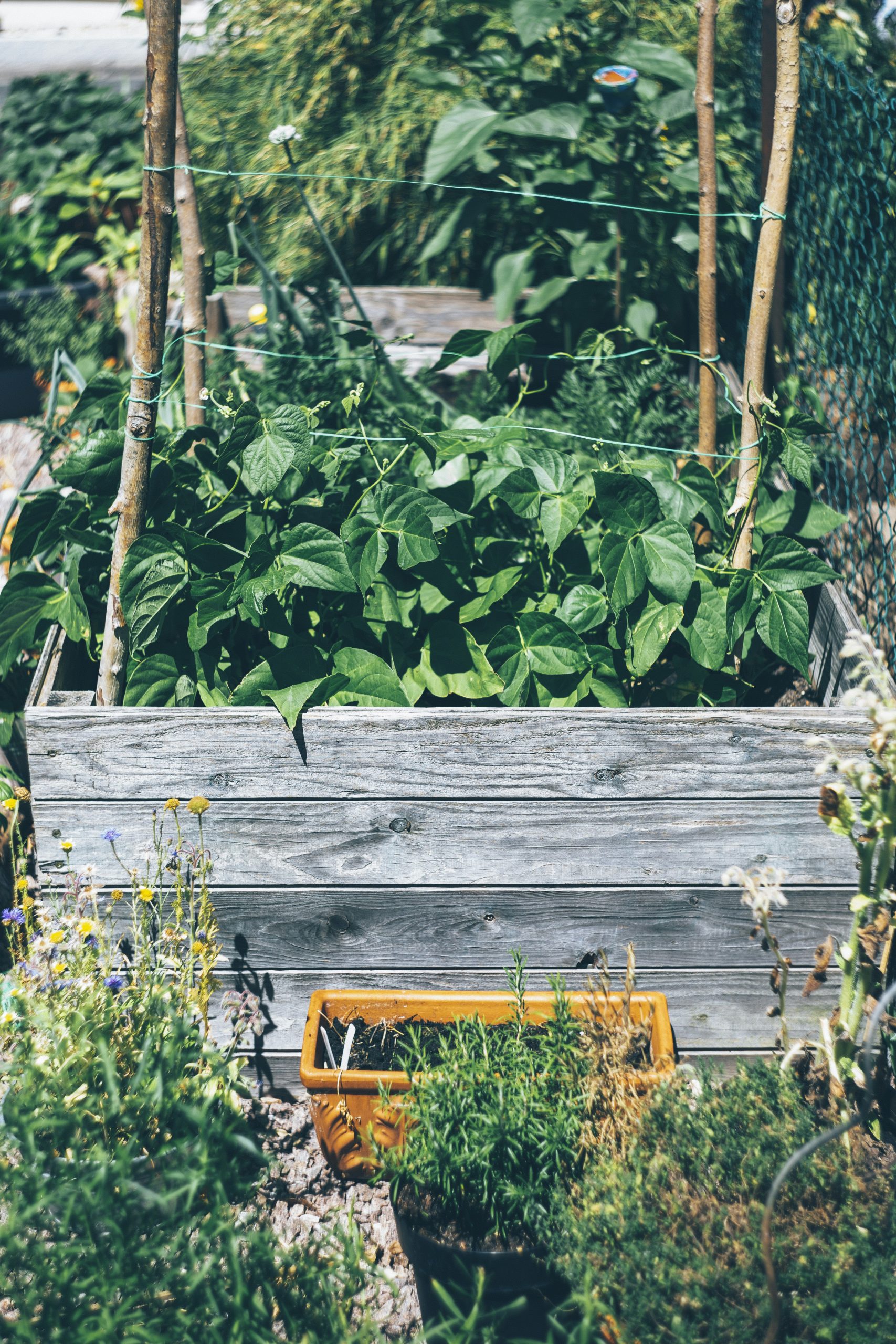
Troubleshooting Common Issues
Even with the best practices, we may encounter some common issues that require troubleshooting:
Compost is Too Wet or Dry
Adjust the balance of green and brown materials. If it’s too wet, add more dry, brown materials. If it’s too dry, add green materials and sprinkle water to moisten.
Bad Odors
Check for balance and aeration. Mix in more brown materials and ensure proper airflow. Avoid adding problematic food scraps like meat and dairy.
Pests
Ensure your compost is covered and not easily accessible to pests. For indoor composting, use lids and sealed containers to prevent infestations.
Using Your Finished Compost
Once our compost is ready, we can use it in various ways to benefit our plants and garden:
Garden Beds
Mix mature compost into garden beds to enrich the soil with nutrients.
Potted Plants
Add compost to potting soil for indoor and outdoor potted plants to boost growth.
Lawn and Yard Care
Sprinkle compost on the lawn or around trees and shrubs to improve soil health.
Homemade Potting Mix
Combine compost with other materials like peat moss and perlite to create a nutrient-rich potting mix for starting seedlings.
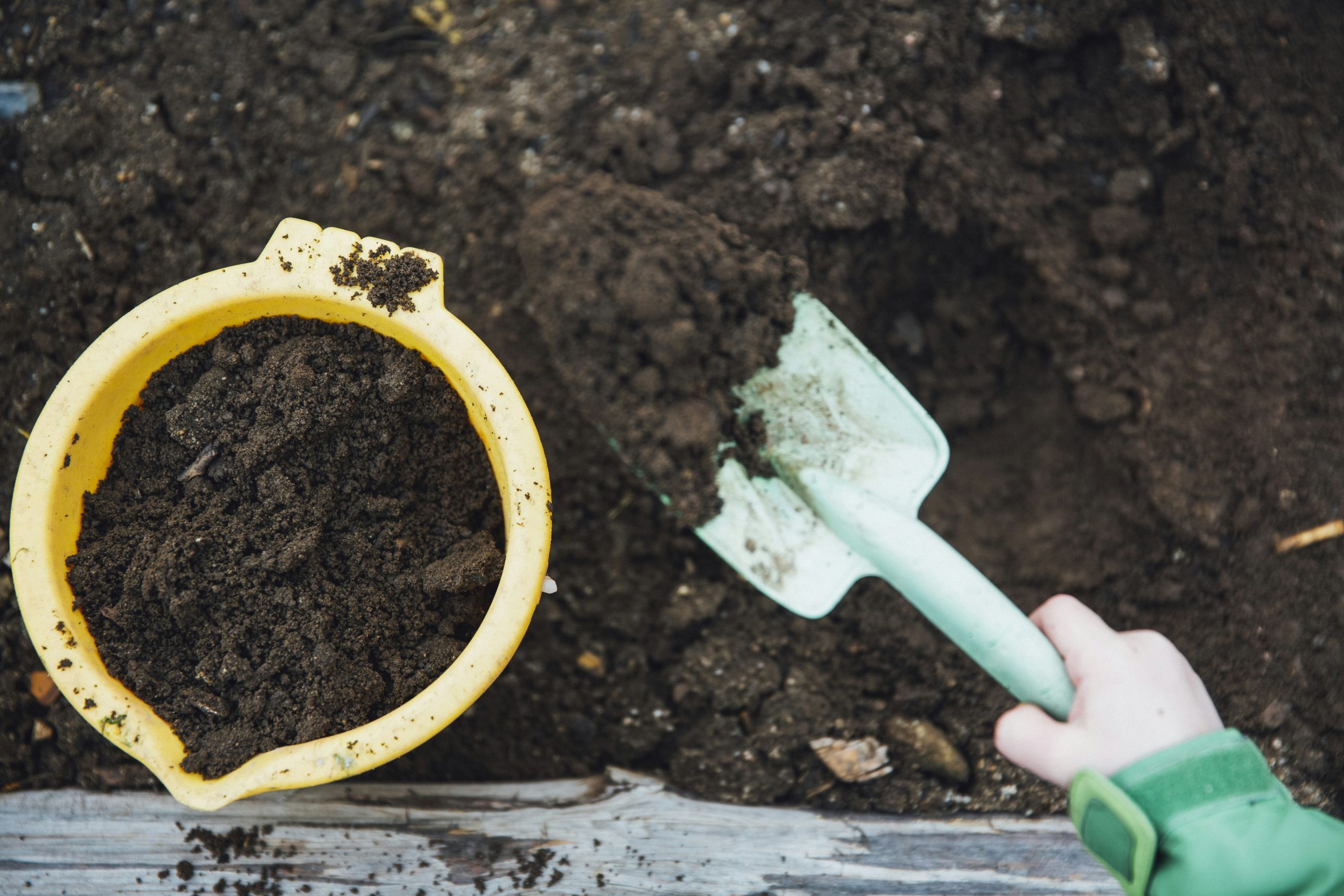
Innovative Space-Saving Composting Tools
Several innovative tools can help us maximize efficiency and space when composting:
Compost Tumblers
Compost tumblers are compact, enclosed systems that make turning and aerating compost easy. They’re ideal for patios, balconies, or small backyards.
Worm Towers
Worm towers are vertical worm composting systems that can be placed directly in garden beds or containers, utilizing vertical space efficiently.
Bokashi Buckets
Compact and odor-free, Bokashi buckets fit under sinks or on countertops. The fermentation process quickly breaks down food scraps without taking up much space.
Environmental Impact and Community Involvement
By composting, we’re not just benefiting our gardens and plants—we’re also making a difference for the environment. Reducing landfill waste decreases the release of methane, a potent greenhouse gas. Composting also supports soil health and biodiversity.
Community Awareness
We can spread awareness of the benefits of composting in our communities. Participating in local composting programs, sharing knowledge with neighbors, and hosting composting workshops can help build a greener, more sustainable community.
Supporting Local Agriculture
Using compost, we can support local agriculture by providing nutrient-rich soil amendments to community gardens and urban farms. This helps promote local food production and sustainability.
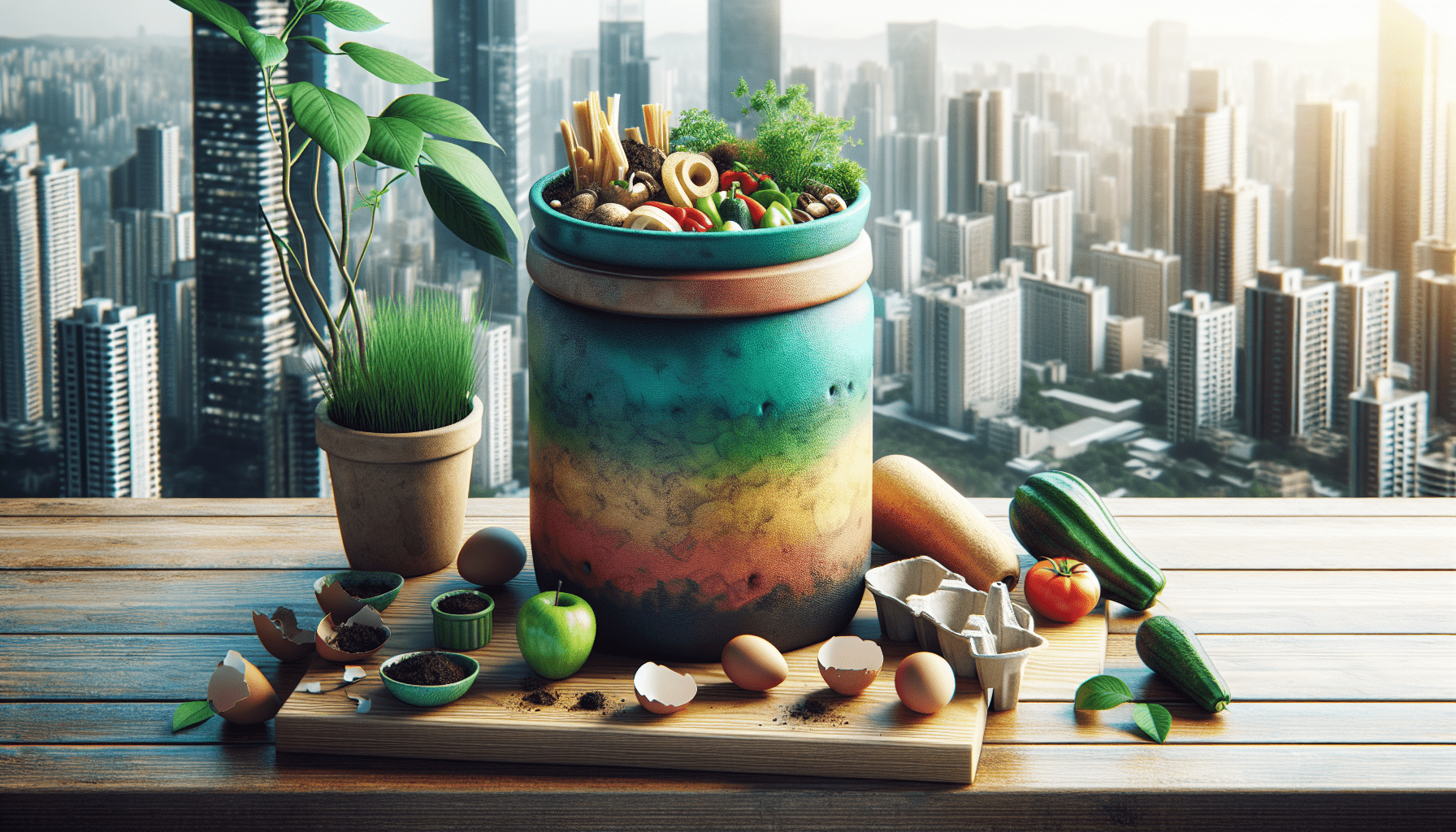
Conclusion
Composting with limited space is not only feasible but also immensely rewarding. By adopting methods suited for small spaces—like vermicomposting, Bokashi composting, and indoor composting—we can turn our kitchen scraps and yard waste into valuable compost. By following best practices and troubleshooting common issues, we can maintain a healthy composting system that benefits both our plants and the environment.
So, let’s start composting and turn our waste into something wonderful, even with limited space. The earth—and our gardens—will thank us!

